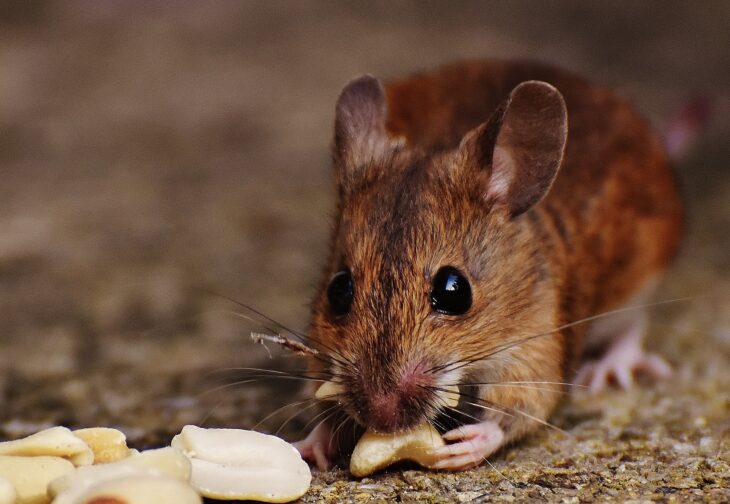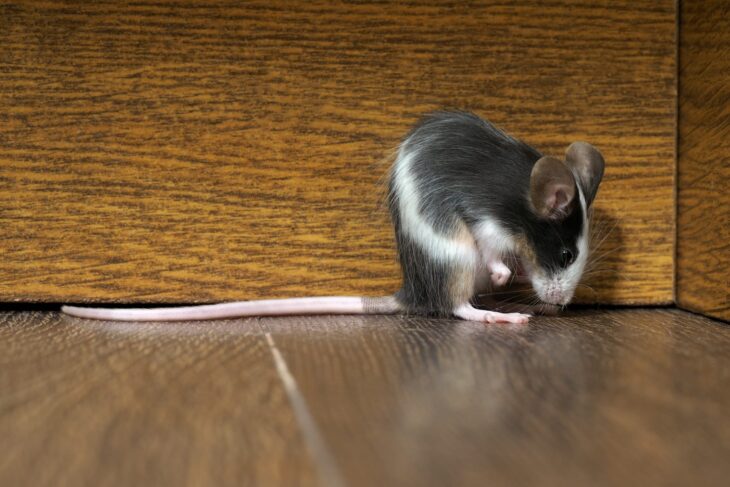Today, Walt Disney is remembered for many things, from holding the record of the highest Oscar nominations to being the creator of Mickey Mouse. Not so many people know that, like every regular person, he had a phobia, one that you may be able to relate to too. It is said that Walt Disney had a fear of mice. This fear then inspired him to create Mickey Mouse to show mice as sympathetic creatures. Today, Mickey Mouse is said to be worth over a billion dollars.
You may not be able to create a billion-dollar product from your fear of mice. But you can learn about the creatures to keep their unnecessary visits to your property as minimal as possible. We provide extensive details of how to keep unnecessary visits by these critters to the most minimal level in this article.
Like other creatures, mice have different species. Although they can get into your home, not all mice are interested in entering your home. The types of mice that can get into your home include wood mice, yellow-necked mice, and house mice. You would expect house mice to be most commonly found in homes. That is not the case, wood mice can get into your home much more frequently than the other species.
When the critters enter homes, they are more commonly found in the roof, cupboard, and cellars. They also like to live within wall spaces.
Contents
Why will mice visit your home?

Source: space
Mice have a basic need for food and shelter. These needs can be met at your house, and this is why they visit. Thus, the more your home can support their needs, the higher their chances of visiting. Homes where food is not properly stored or disposed of will attract mice. Homes with a lot of clutter will also attract the critters.
As regards to shelter, mice will be more attracted to the homes of humans, which holds a lot of warmth, during the cold seasons. Since every home is warmer than the outdoors in the cold season, mice actively seek out homes. If they find a home that is untidy and cluttered, they will settle in and make their stay permanent.
How mice can get into your home

Source: pestcontrolguelph
As tiny creatures, mice can maximize any existing opening to access your home and make it their home. Apart from the fact that they are very tiny, mice can squeeze through holes much smaller than their size. This means that any hole is a possible entry point for the critters.
Mice can get into your home through a wide variety of openings. They also maximize cracks to make their way into homes. Holes and cracks in roofs, floors, foundations, and walls are some of the entry points of the critters. The gaps in ceilings and windows can also be maximized by mice to enter your home. They are also known to maximize the tiniest gaps associated with plumbing. The kitchen and bathroom drain also make excellent entry points for mice. Generally, holes with a diameter of at least 2 cm can be entry points for mice.
How to tell that mice are in your home

Source: medicalxpress
Persons with a fear of mice, musophobia, can be highly sensitive to their presence. If you do not have musophobia, you may need to see the mice to tell that you have an infestation. Here are some general signs to help you recognize the presence of mice.
Droppings – The droppings of mice are thin and tapered at the end. As they move about your home, especially at night, they will leave droppings around. Although the droppings of rodents such as mice and rats are similar, droppings of mice are smaller.
Smell – House mice have an acetamide smell. The smell will give away an infestation, especially in areas with high mice activity.
Gnawing – Since mice have to gnaw to keep their incisors sharp, gnaw marks will give away an infestation.
Mice problems

Source: chetspest
Mice infestations can result in a lot of problems. They can spread the diseases they carry around your home. Mice can spread diseases through their feces and urine. As they release their urine and feces around your home, on surfaces, and even in food, they spread harmful diseases.
The gnawing activity of the critters also contributes to their destructive nature. Mice can gnaw on wires, for example, and create short circuits that can cause electrical damage. Electrical damage from the activity of mice can also cause fires.
How to get rid of mice in your home

Source: bugtech
Even if you eventually get inspired to create a best-selling product from your fear of mice, you still have a lot left to learn more about how to keep them out of your home. Having established how mice can get into your home, we now consider what you should do to keep them out.
Snap traps are effective for getting rid of mice. They work by killing the critters instantly and humanely. However, you have to dispose of the carcass. If you opt for live traps, you will not have to dispose of the carcass. With live traps, you get to trap the critter and relocate it to a distance of at least 2 km from your home. This distance is required so that they do not find their way back.
Although poisons and glue traps are considered means of getting rid of mice, both methods subject the critters to an inhumane death. Mouse poison contains substances such as anticoagulants that cause a slow and painful death.
You may use ultrasonic devices that can drive mice out of your home too. Such devices can be effective repellents. It is important to apply a long-term approach to the eradication of mice. A long-term approach will involve measures to make your home unattractive to rodents. Mice can get into your home and will only try when your home seems like a good source of food and shelter. Otherwise, they will pitch their tent somewhere else. Measures for making your home unattractive to mice include covering food properly, disposing of waste accordingly, and decluttering within and around your home.
